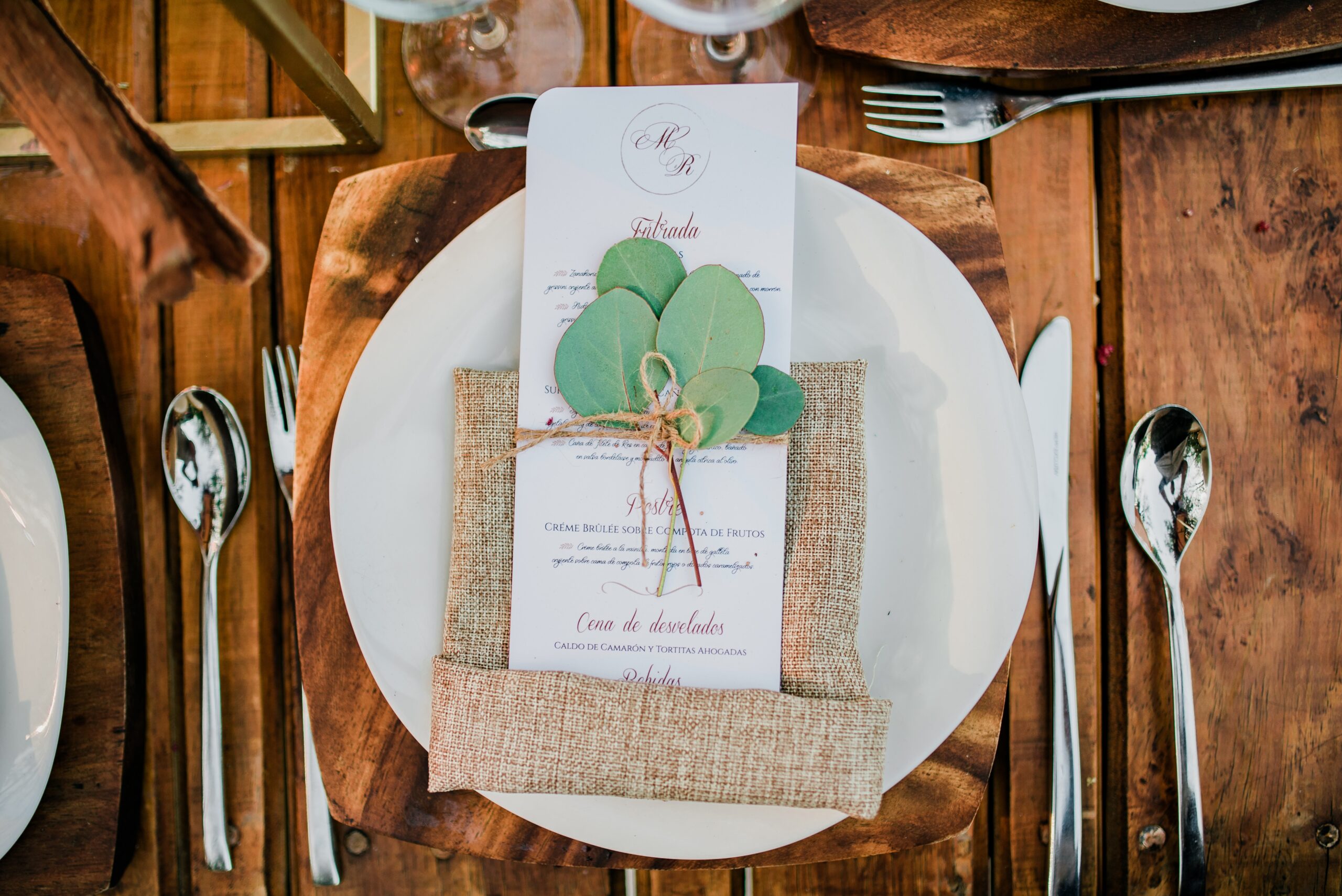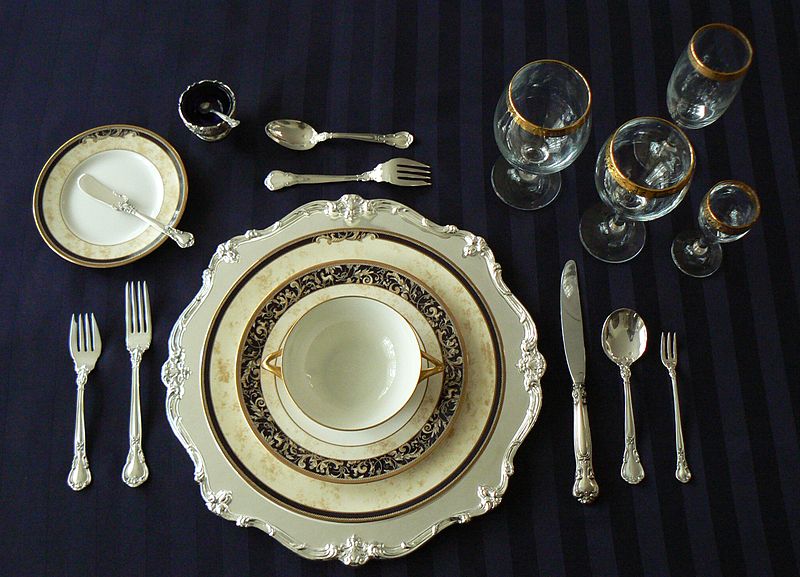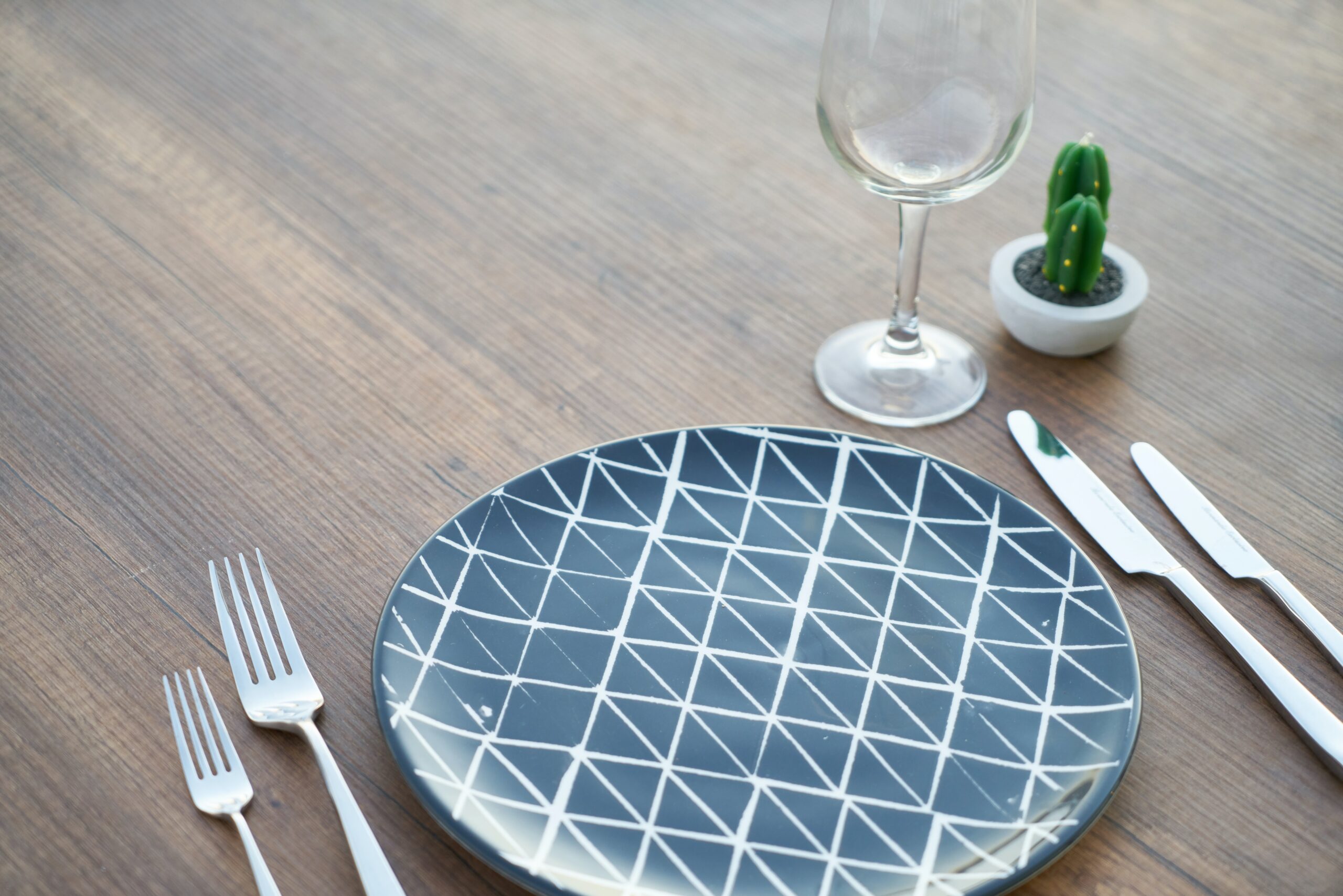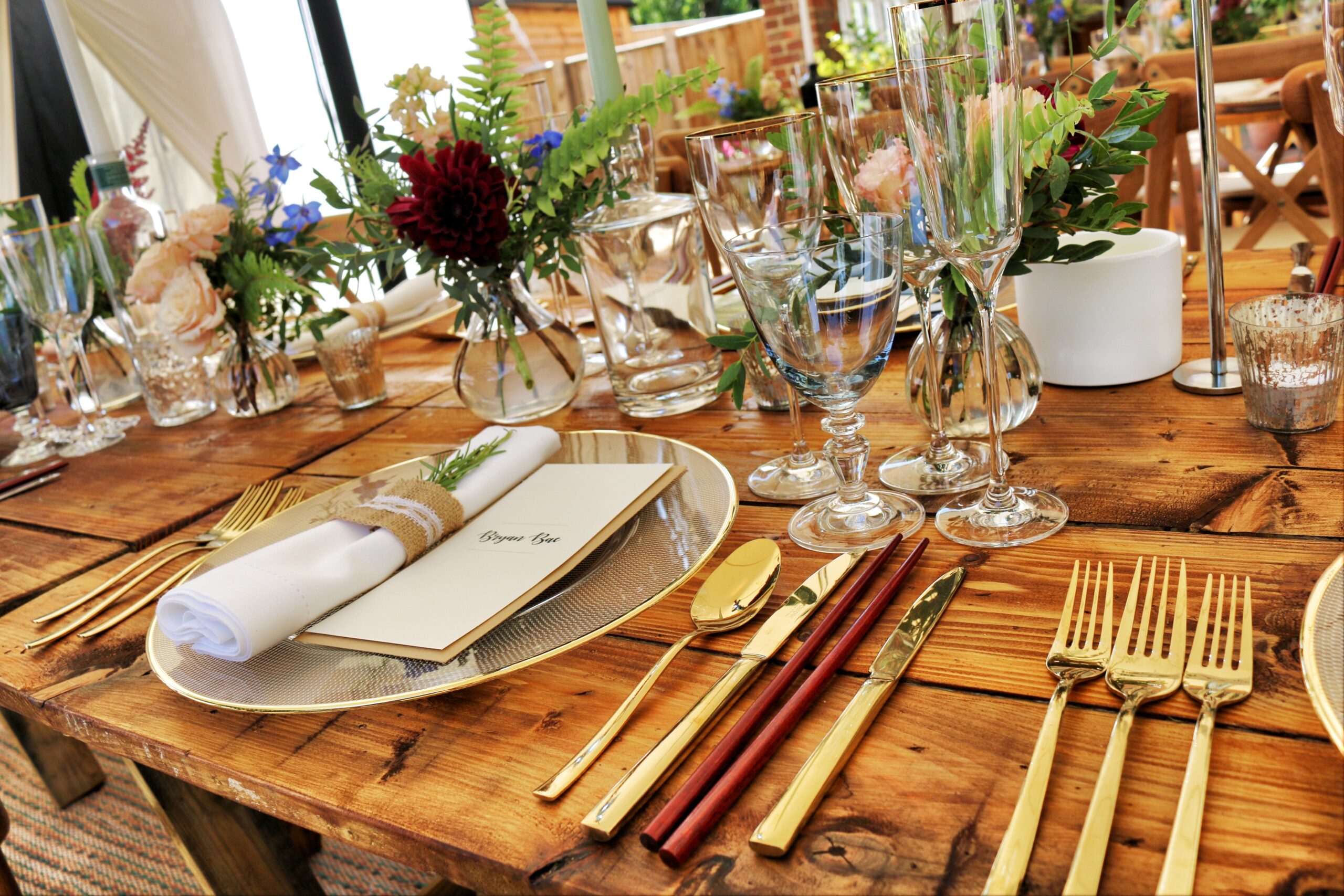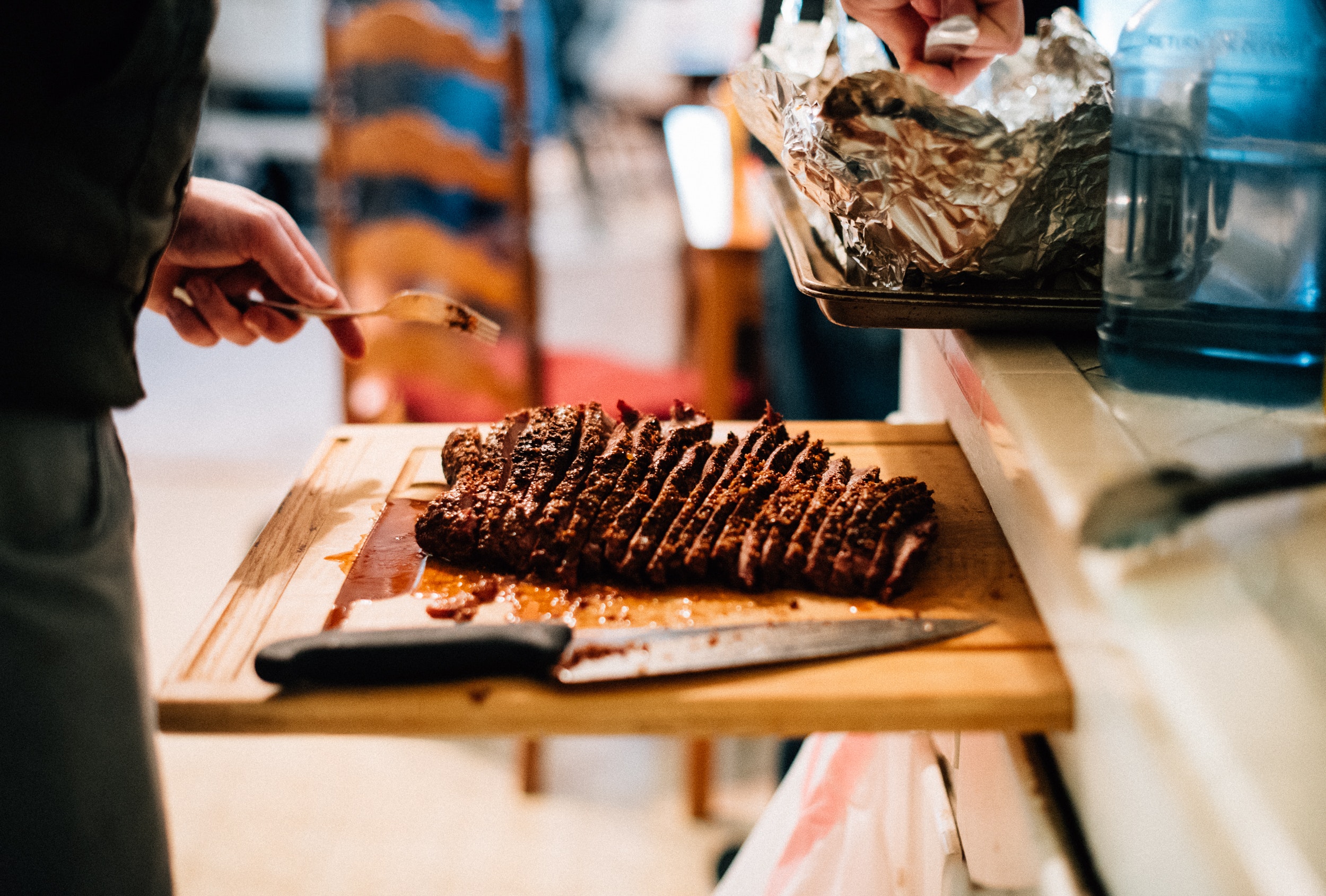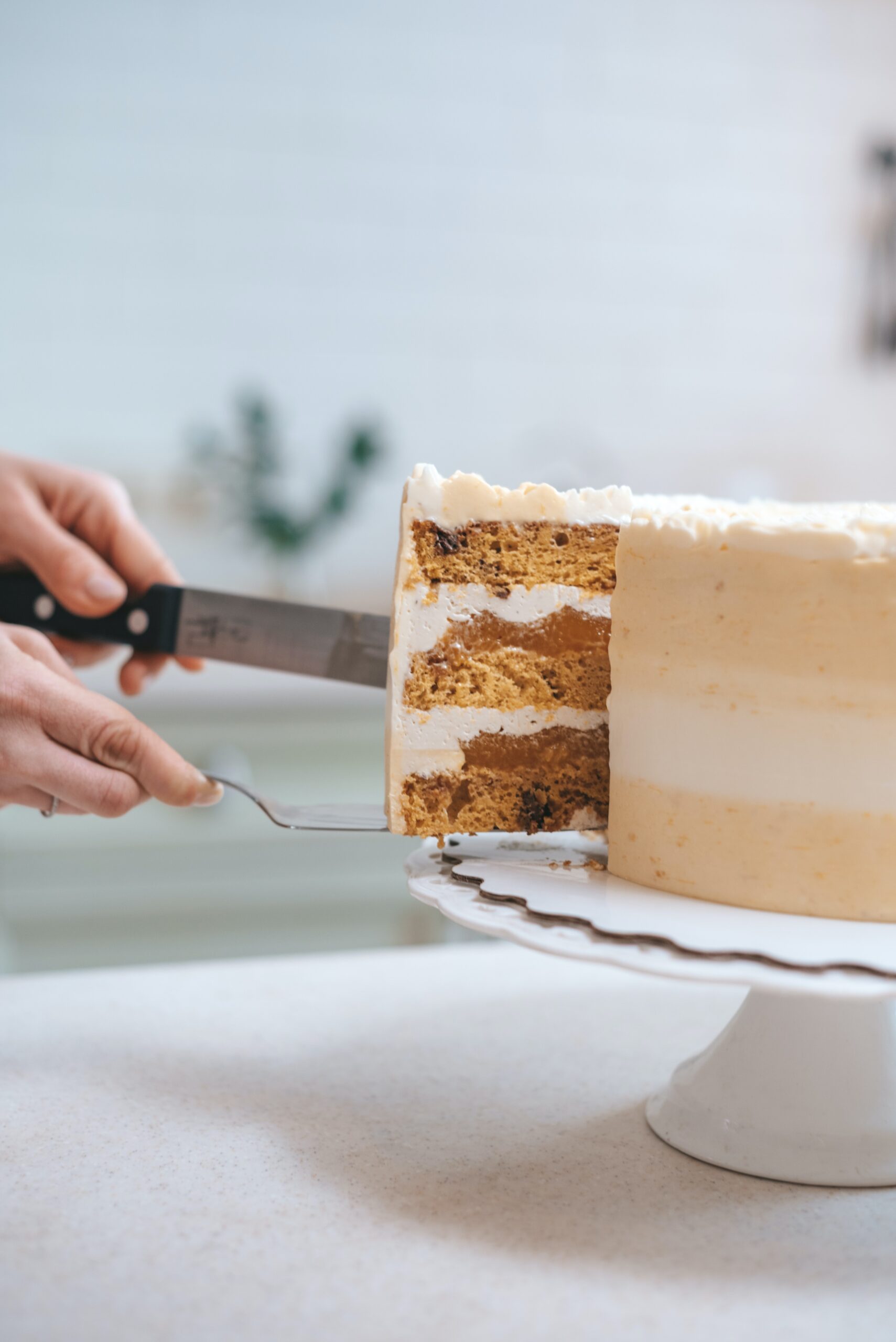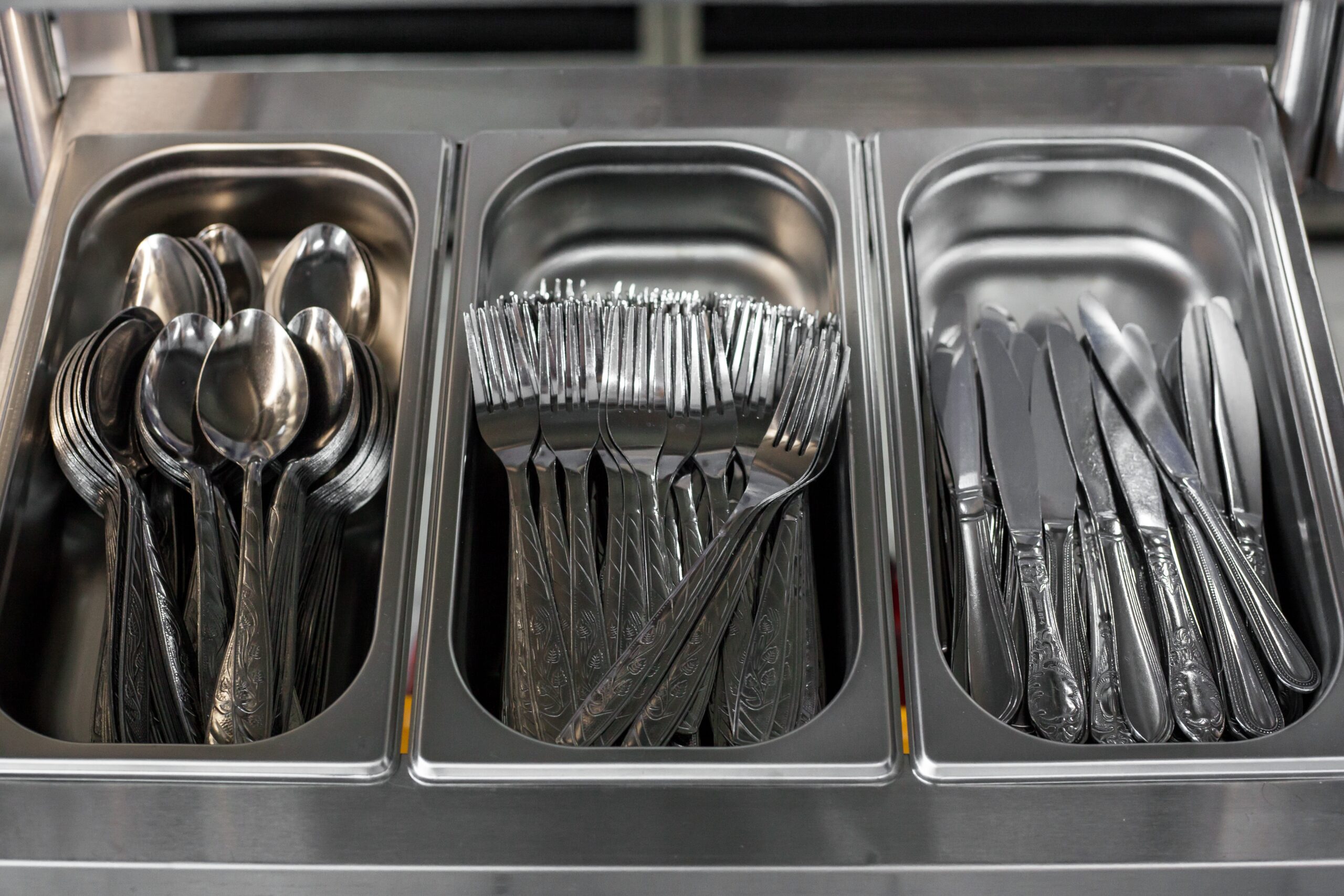The three fundamental forms of flatware are spoons, forks, and knives, but did you know that each utensil has several variations for use in various situations? To help you pick the finest flatware for your institution, this guide will go through the many flatware purchase concerns, such as stainless-steel flatware grades, varieties of silver, and each type’s application.
What Is Flatware?
Various utensils, such as spoons, forks, and knives, that are used at the table for eating and serving rather than as cooking tasks are referred to as flatware. The most popular material used to make flatware is stainless steel, which is ideal for daily use since it is cost-effective, long-lasting, and simple to maintain. Silverware, from whence the phrase derives, can also be constructed with sterling silver. Silverware’s high care requirements and price tag make it unsuitable for commercial usage.
Types of Stainless-Steel Flatware
Flatware made of stainless steel comes in four grades: 18/0, 18/8, 18/10, and 13/0. These names denote the amounts of nickel and chromium in the alloy of stainless steel. While nickel is utilized to give flatware its sheen, chromium gives stainless steel its resilience and resistance to rust and corrosion.
What Does Stainless Steel Grade 18/10 Mean?
18/10 stainless steel has 10% nickel and 18% chromium content.
What Does Stainless Steel Grade 18/8 Mean?
18/8 stainless steel is made up of 8% nickel and 18% chromium.
What Does Stainless Steel Grade 18/0 Mean?
18/0 stainless steel has 0% nickel and 18% chromium. Since 18/0 flatware is magnetic, it is suitable if your company uses magnetic flatware retrievers.
How Do You Define 13/0 Stainless Steel?
13/0 stainless steel has 0% nickel and 13% chromium content. Knives used for supper and dessert are typically constructed of 13/0 stainless steel. This steel retains its ability to resist rust and corrosion while being the perfect material for forging blades with a sharp cutting edge.
18/8 vs 18/10 Stainless Steel
Because 18/10 stainless steel contains 2% more nickel than 18/8 stainless steel, it is stronger, more bending-resistant, and more corrosion-resistant. The preferred option of flatware for upscale dining places is 18/10 stainless steel since it has greater sheen and polish than 18/8. Flatware made of 18/8 stainless steel is less expensive but still offers durability and corrosion resistance.
18/10 vs 18/0 Stainless Steel
Because 18/0 stainless steel has no nickel, it is not as strong, lustrous, or corrosion resistant as 18/10 stainless steel. A cost-effective choice for dining halls or fast-casual restaurants where there is a larger chance of being lost or stolen is 18/0 stainless steel flatware.
What Is the Best Quality Stainless Flatware?
The highest-grade stainless-steel flatware is 18/10. Flatware made of 18/10 is often extremely heavy weight, which feels solid on the touch and is more resistant to bending, making it a durable option. Additionally, the addition of 10% nickel provides it with a brighter gloss and better corrosion resistance.
Flatware Weight
Forged, extra-heavy, heavy, and medium-weight restaurant flatware is the available weights. To select which flatware weight is appropriate for your company, read on to discover more about each option.
1. Forged Flatware
The strongest and thickest sort of flatware is forged. Instead of having the design imprinted only on the top, the handle is fashioned from a single thick piece of stainless steel. It blends in nicely with upmarket meals and is made to handle any business setting with remarkable durability.
2. Extra Heavy Weight Flatware
Extra heavy-weight flatware, our top grade, emanates a degree of quality that you will find in most exclusive restaurants and hotels. Compared to medium or even heavy-weight flatware, bending is quite difficult and feels very solid in your hand.
3. Heavy-Duty Flatware
In comparison to medium-weight flatware, heavy-weight flatware is more resilient, does not bend easily, and makes a great display. It is frequently employed in fast-casual eating venues and many other mid-level restaurants as a clear step-up in quality from the medium weight.
4. Medium-Weight Cutlery
The lightest flatware we transport is medium weight. This is typically referred to as medium-weight flatware in the business, although it can also be dubbed economy weight, and value-conscious buyers frequently seek it out. It is typical to find medium-weight flatware in cafeterias, classrooms, and other institutional settings. It is frequently flexible in your palm.
Types of Flatware and Their Uses
Teaspoon
Most conventional place settings include a typical teaspoon. It is used for a broad range of foods, including desserts, cereal, soup, and beverages like coffee and tea. When most people think of a spoon, they picture something like this.
Dessert Spoon
A dessert spoon is comparable to a soup spoon in size and form and is frequently bigger than a teaspoon. It features an oval-shaped, wide, deep bowl.
Tablespoon
A tablespoon is substantially bigger than a typical teaspoon yet has a similar shape. Tablespoons are typically used to serve food from bowls that are placed in the center of the table.
Soup Spoon
A soup spoon may carry more liquid than a tablespoon because it has a larger and deeper oval-shaped bowl. It has a comparable general form.
Demitasse Spoon
Similar in appearance to a regular teaspoon, a demitasse spoon often has a longer handle and a somewhat smaller bowl. It is made to stir espresso or cappuccino, which are small-batch coffee beverages.
Bouillon Spoon
Another kind of soup spoon is a bouillon spoon. Bouillon spoons typically have a spherical bowl and are smaller than a conventional soup spoon.
Iced Tea Spoon / Soda Spoon
This spoon often has a tiny, oval-shaped bowl and a long, thin handle. It works well for stirring milkshakes, tall beverages, and root beer floats.
Grapefruit Spoon / Citrus Spoon
To readily separate the fruit from the rind, a grapefruit spoon has a stiff serrated edge and an extended bowl comparable to a teaspoon. Use this spoon for other fruits as well, such as oranges and melons.
Dinner Fork
Almost all conventional place settings include an all-purpose dinner fork. Usually, it goes with the main course. This fork could be the only one available at many quick-service or informal restaurants. Dinner forks typically have four tines, although depending on the pattern, some only have three.
Cocktail / Oyster Fork
This little fork works well for nibbling on oysters, cheese cubes, and other tiny appetizers.
Dessert Fork
Even though real dessert forks are a little bit smaller and thinner than salad forks, the terms dessert fork and salad fork are occasionally used synonymously. It is mostly utilized to consume sweets like cake and pie.
Serving fork
A salad fork is used mostly to eat salads or smaller foods like sliced fruit since it is smaller than a standard dinner fork. Even though a genuine dessert fork is smaller and more delicately constructed, it may also be used as one.
European Dinner Fork
In general, a European dinner fork is bigger and heavier than a regular dinner fork. It may be seen at many upscale restaurants and is typically utilized for formal events.
Types of table knives
Knives are specialized cutlery that is frequently used to cut a variety of meals. They have long handles and big blades. Knives come in a variety of forms and with distinct designs for various uses. We examine the characteristics and applications of common knife kinds below.
Dinner Knife
A dinner knife may be employed to cut a range of foods. Both smooth and serrated blades are available. A serrated edge can handle harder fibers like veggies, while a smooth blade may effortlessly cut through delicate things like fruits and cheese. Additionally, dinner knives include a non-slip grip that helps keep the knife from slipping or sliding when slicing food. A Granton edge, for example, is a particular blade design that some dinner knives may have. This edge forms air pockets between the food and the blade to facilitate cutting through dense or sticky dishes.
Butter Knife
A butter knife often has a rounded tip and a dull edge. It may be used to spread butter or jam over soft items like buns, muffins, or toast thanks to its shape.
Luncheon knife
In both casual and formal luncheons, luncheon knives are used for lunch and other pre-dinner meals. A luncheon knife’s smoother blade makes it perfect for slicing soft or delicate items like cheese, fruits, and vegetables. It is about 7 and 8 inches long and smaller than a dinner knife. It is safer to use since the tip is rounded or blunt. It is simple to handle because of its compact size, especially for those with smaller hands. The luncheon fork and plate are meant to be used with the luncheon knives.
Steak Knife
Steak knives are special knives designed to cut meat, such as steaks and pork chops. They are frequently used at steakhouses and other upscale and informal dining establishments. It ranges in length from 8 to 10 inches. Depending on the intended use, the blade may be smooth or serrated.
Although most steak knife designs are straightforward and useful, a few extravagant ones are frequently employed in formal dining.
Butter Spreader
A butter spreader normally has the smallest blade and rounded tip in a set of flatware. Butter, jelly, and other toppings are spread with it.
Other flatware
In addition to essential flatware items like forks, spoons, and knives, it is frequently necessary to use labor-saving auxiliary utensils. Gravy ladles and other specialized accessories have effective designs that can save time and effort. Here, we examine three unusual flatware pieces and their use.
Gravy Ladle
Gravy, sauces, and broths are served and portioned with a gravy ladle. Its large, rounded bowl, which has a 1 to 2-ounce capacity and makes it simple to scoop and pour liquids, makes it perfect for use in the kitchen or as a serving dish at the dinner table. A gravy ladle often has a long handle that makes holding it safe and comfortable even when it is filled with boiling liquids.
Some gravy ladles have a spout, making it simpler to pour liquids accurately. When not in use, certain gravy ladles may be hung on the edge of a pot or saucepan thanks to a hook or notch on the handle.
Cake Server
Cake servers are widely used at birthdays, weddings, and celebrations to position and serve delicacies like cake and pie. It normally features a broad, flat blade that is made to cut through cake layers. Its blade may be straight or slightly curved, with smooth or serrated edges, depending on the unique design.
A cake server often has a blade that is made to meet the shapes of a certain cake pan and is around 9 inches long. It may also feature an integrated cutting guide that makes it simpler to cut even slices of cake.
Pierced tablespoon
Before serving, casseroles, fruits, and vegetables are drained with pierced tablespoons. They are around the same size and nearly the same shape and style as normal tablespoons.
The presence of a punctured bowl as opposed to a solid one is the only distinction. Simple circular holes can be seen in some designs, while others include finely formed holes that are placed in complex patterns.
How to Clean Stainless Steel Flatware
1. As quickly as you can, clean your flatware of any food residue.
2. Sorting and handling correctly. If you travel and wash flatware in the same cylinders, it is a good idea to arrange the tines, blades, and bowls in descending order. It is a good idea to mix up the flatware while washing in the flatware cylinders, so forks and spoons do not “nest”.
3. Like with all stainless steel, the barrier will ultimately be destroyed by hard water and detergents with a lot of chlorides. Any top-notch detergent and sanitizer should not damage your flatware as long as you follow proper presoaking and drying methods, and your dishwasher is rinsing properly.
4. Remove any water stains or smudges from your flatware right away using a microfiber cloth or mitt to keep it looking its best at all times.

